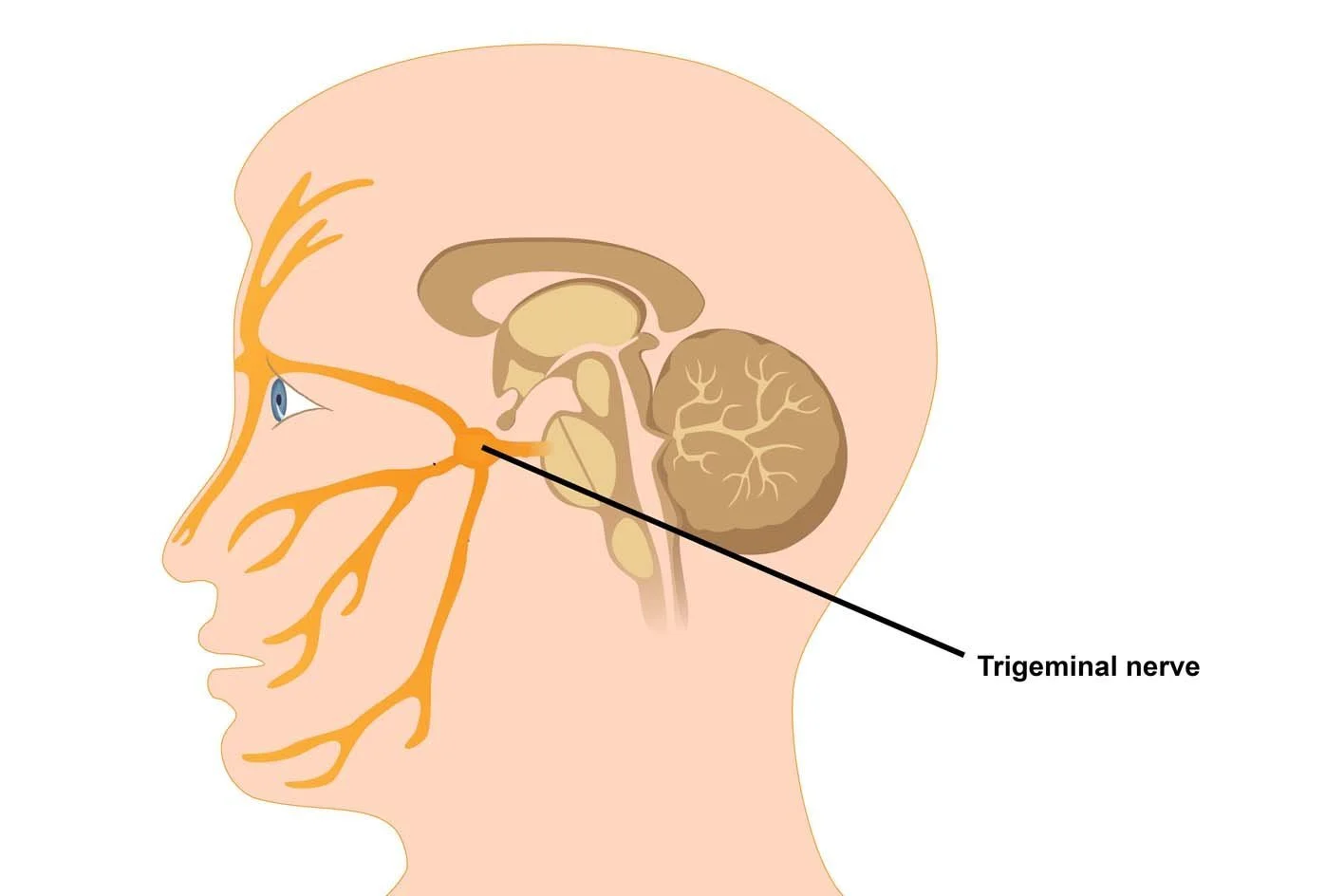
Understanding Neck Pain
Let us help you get out of pain, and live life to the fullest
Your neck is more than just a connection between your head and body. It plays a vital role in:
Balancing the head in space
Helping the brain sense body position
Allowing smooth movement and coordination
Because your head is relatively heavy (around 4.5–5.5 kg!), the muscles and joints in your neck are always working to support it. When the head moves too quickly—like in a fall or car accident—or stays in poor posture for too long, it can strain the structures in your neck and upper back.
What Happens When the Neck Is Overloaded?
There are two main ways the neck can become stressed:
Sudden force or trauma, such as:
Whiplash from a car accident
Sports injuries or sudden jerking of the head
“Stingers” (sharp nerve pain into the shoulder or arm)
Long-term postural strain, from:
Looking down at screens for too long
Poor desk ergonomics
Slouching or a forward head posture
Over time, this can lead to joint restriction, muscle tightness, and nerve irritation, all of which contribute to pain, headaches, or stiffness.
Common Symptoms of Neck Spinal Joint Dysfunction
Local neck pain or stiffness
Pain that travels to the shoulders, arms, or between the shoulder blades
Headaches (especially tension-type or headaches that start from the back of your neck)
Fatigue in the neck after sitting or working
Popping, clicking, or limited range of motion in the neck
Numbness or tingling in the arms
Feeling of a “locked” neck or difficulty turning the head
Did You Know?
The upper cervical spine (especially C1–C3) shares connections with the trigeminal nerve, which is why neck issues can sometimes cause facial pain, jaw discomfort, or even ear symptoms like ringing or fullness.
Trigeminal neuralgia (2023) NHS choices. Available at: https://www.nhs.uk/conditions/trigeminal-neuralgia/ (Accessed: 18 April 2025).
How Chiropractic Can Help
Chiropractors assess the spine and nervous system to identify areas of joint restriction, nerve tension, and muscular imbalance. Treatment is safe, gentle, and tailored to your needs. Our goals include:
Restoring proper movement to the neck joints
Reducing muscle tension and nerve irritation
Supporting better posture and ergonomics
Reducing aches and pains
When your spine moves better, your body communicates better. This helps reduce pain and improve your quality of life—naturally, and without medication.
When should you see a chiropractor?
You’ve had a recent injury to the neck
You feel stiff or sore in the neck after work
Headaches are frequent and seem to come from the neck
You feel muscle tightness or pain into your shoulders or arms
You’ve been told you have a “pinched nerve” or disc issue
You want to prevent further postural decline and pain.
Numbness or tingling in the arms


